Women Directed Just 16% of 2024’s Top 250 Grossing Movies; New Report Faults Hollywood for Lack of Progress
From thrillers like “Babygirl” and “Love Lies Bleeding” to genre-bending horror flicks like “The Substance” to inspirational sports dramas like “The Fire Inside,” women directed some of last year’s most audacious and acclaimed films. However, those female filmmakers remained the exception, not the rule.
Women accounted for just 16% of directors working on the 250 highest-grossing domestic releases, according to new research from the Center for the Study of Women in Television and Film at San Diego State University. That was even with the percentage of films directed by women in 2023. And the situation didn’t improve as you climb up the box office chart — women directed just 11% of the 100 most popular films, down three percentage points from 2023.
Some of these films, such as Rachel Morrison’s “The Fire Inside,” were released at the end of 2024 and have yet to finalize their box office tally, while others such as Anna Kendrick’s streaming hit “Woman of the Hour” weren’t released in theaters and thus aren’t reflected in San Diego State University’s research. It’s also notable that many of these films, such as Rose Glass’s “Love Lies Bleeding” or Alice Rohrwacher’s “La Chimera” were released by indie labels, not as part of major studio slates, which means their box office returns will be minimal. But even with those caveats, the results show that the situation for female directors isn’t improving.
Popular on Variety
Martha Lauzen, the study’s author and the director of the Center, noted the accomplishments of filmmakers like Coralie Fargeat (“The Substance”) and Halina Reijn (“Babygirl”) while bemoaning the state of an industry that hasn’t made much progress when it comes to elevating female filmmakers.
“The stunning successes enjoyed by high-profile women in the last few years — including Greta Gerwig, Jane Campion and Chloé Zhao — have not translated into opportunities for greater numbers of women. Visibility for a few has not generated employment for many,” Lauzen said in a statement.
Dubbed the Celluloid Ceiling, Lauzen has examined women’s employment in the film business for the last 27 years, giving her a decades-long perspective on the issue. In 2024, the study examined 3,300 credits to get its results.
Men were overrepresented when it came to filling other key roles on film sets, though women did make gains in certain fields. There were more women employed as cinematographers, screenwriters, and producers in 2024. Women made up 12% of all cinematographers working on the 250 top films of 2024, a 5% improvement. They also accounted for 20% of writers working on those films, up 3%, and they comprised 27% of all producers, an increase of a percentage point.
Love Film & TV?
Get your daily dose of everything happening in music, film and TV in Australia and abroad.
However, there were fewer women tapped to work as composers, editors and executive producers. Women composed the scores for 9% of the 250 top-grossing films, a decline of five percentage points. They accounted for 20% of all editors, a 1% drop, and made up 22% of all executive producers, down two percentage points from the prior year.
Moreover, 70% of films employed 10 or more men in the key behind-the-scenes roles, while a mere 8% employed 10 or more women.
When women were tapped to direct movies, they were more likely to employ other women in key behind-the-scenes positions than films with male directors. On films with at least one woman director, women accounted for 52% of writers, 27% of editors and 34% of cinematographers. In contrast, when you look at films made by male filmmakers, women comprised 12% of writers, 17% of editors, and 5% of cinematographers.
“These numbers are astounding. We could blame the current environment rocked by contraction and consolidation, but Hollywood writ large has dragged its feet on this issue for decades,” Lauzen said, alluding to the cutbacks, changing business models and corporate mergers that have characterized a tumultuous period in movie history.
But it’s also a time that’s seen women direct blockbusters like “Barbie” and Oscar-winners such as “Nomadland” and “The Power of the Dog,” achievements that have yet to result in significantly more opportunities for female filmmakers.
From Variety US






























